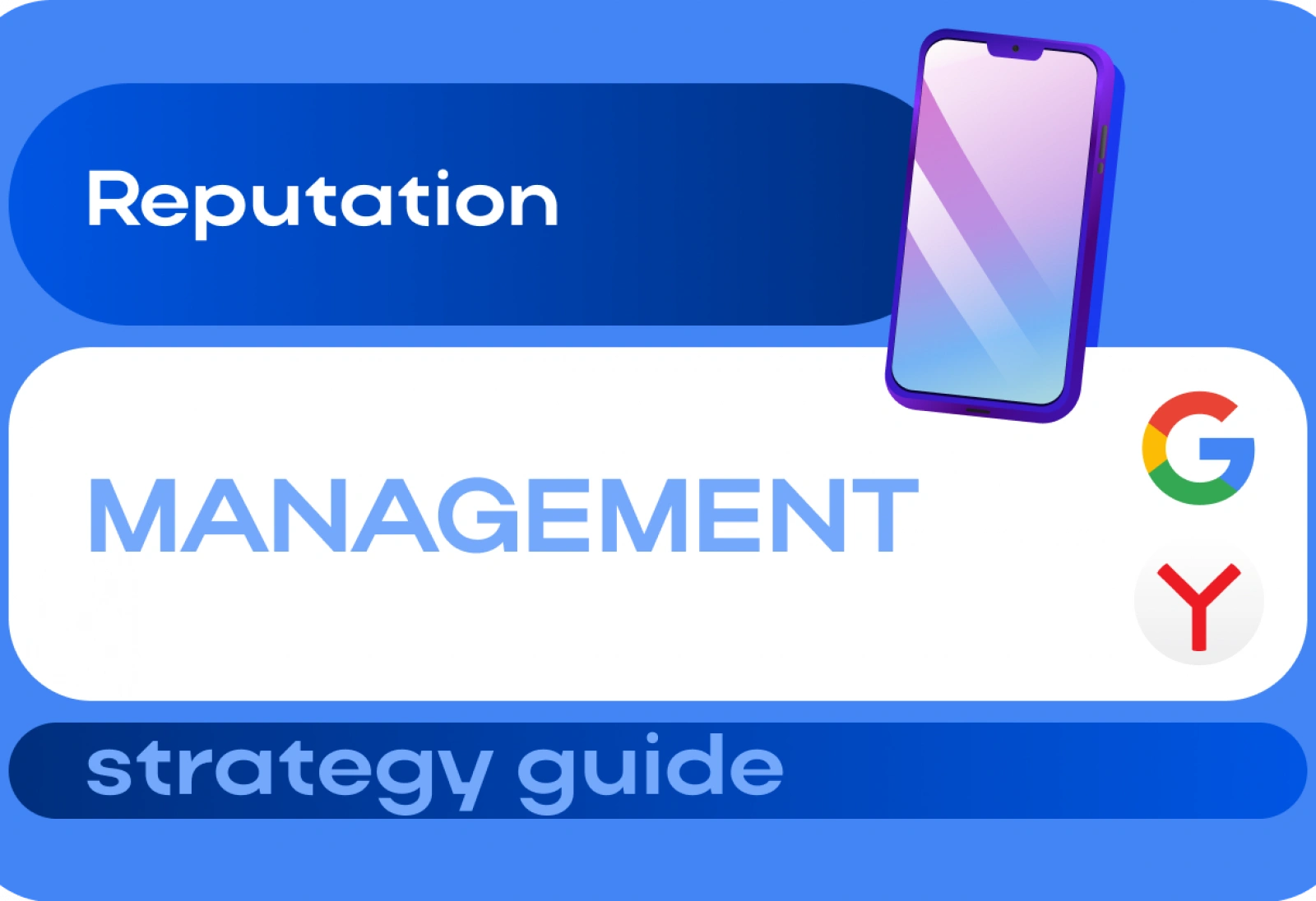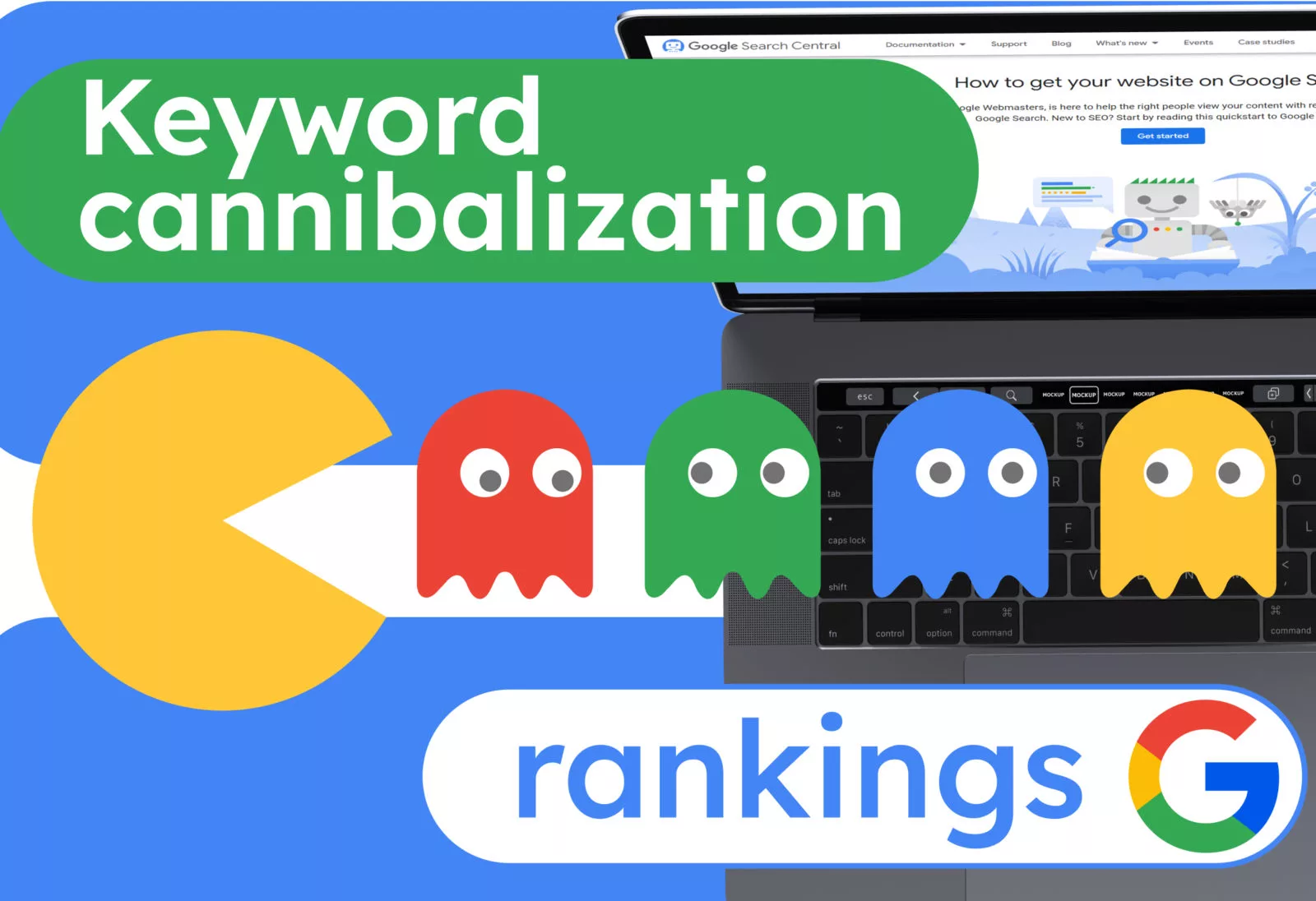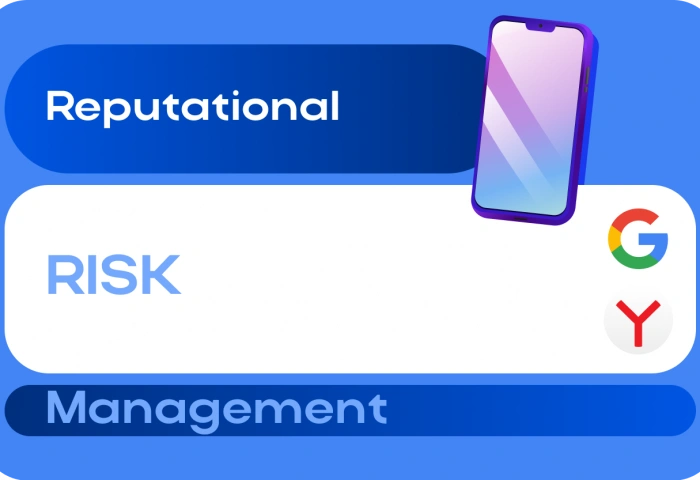Reputational Risk Management: Definition, Importance, and Strategies
What is Reputational Risk?
Reputational risk represents the chance that a company may harm its reputation. This harm can hurt its revenue, client base, and long-term stability. It includes both internal and external factors, such as data breaches and unhappy customers. Managing reputational risk is essential for protecting brand image and maintaining customer trust.
Key Takeaways
- Reputational risk can arise from various sources, including social media reputation risk, data security breaches, and poor customer service.
- The financial impacts of reputational damage can be severe, influencing customer loyalty and public perception.
- Effective risk and reputation management strategies can mitigate reputational risks and ensure long-term business resilience.
Understanding Reputational Risk
Reputational hazard is distinct from other types of risks. The public primarily influences the perception of a corporation. Its impacts can occur rapidly and disseminate broadly.
Nature of Reputational Risk
Reputational hazards are distinctive as they are elusive and challenging to quantify directly. These problems are not the same as financial risks. They often arise from problems like low product quality, an unhappy customer, or a controversial social media post.
Social networks increase the impact of these issues. Companies must respond quickly and correctly.
Scope and Impact
Reputational risk has broad implications, affecting not just customer perceptions but also stakeholder trust and investor confidence. One event can greatly affect a company’s share price, sales, and its ability to hire talent.
“A company’s reputation is built over years but can be lost in minutes.” — Warren Buffett
Common Causes of Reputational Risk
Reputational risks can arise from various sources, including:
- Data breaches: Compromised customer information erodes trust.
- Customer service failures: Poor responses to complaints or unresolved issues.
- Product and service issues: Low quality or malfunctioning products.
- Social media missteps: Public backlash from controversial statements or actions.
- Ethical lapses: Questionable business practices or lack of transparency.
Impacts of Reputational Risk
When reputational risk goes unmanaged, companies can face:
- Loss of customer loyalty: Damaged reputation can lead to a reduced customer base.
- Financial setbacks: Reduced sales and falling stock prices are common.
- Reduced employee morale: Reputational issues can affect internal culture.
- Legal implications: Missteps can result in regulatory scrutiny or lawsuits.
Strategies for Managing Reputational Risk
Managing reputational risk involves a proactive approach and careful planning.
Proactive Communication
Being transparent and proactive in communication helps build trust. Keep customers informed, address issues openly, and provide timely updates.
Crisis Management Planning
Prepare a crisis management plan that includes defined roles, communication protocols, and a response timeline. This plan ensures you’re ready to handle potential threats to your reputation quickly.
Employee Training
Train employees on reputational risk management best practices, including customer interaction, crisis management, and social media usage. Employees are often the first line of defense in protecting a company’s reputation.
Corporate Social Responsibility (CSR)
Implement CSR initiatives that align with your company’s values. By showing commitment to societal and environmental causes, you can strengthen your brand image and build goodwill.
Monitoring and Assessment
Use tools to monitor social media reputation risk and brand mentions across digital platforms. Regular assessments allow you to identify and address issues early, minimizing the impact on your reputation.
Example of Reputational Risk
An example of reputational risk occurred when a leading brand faced backlash after a controversial ad campaign. Social media amplified the public’s response, leading to a temporary decline in customer loyalty and sales. This case highlights the importance of thorough risk assessment and proactive monitoring in minimizing reputational damage.
Mitigation Techniques
Effective reputational risk management relies on a combination of assessments, monitoring, and stakeholder engagement.
Conducting Risk Assessments
Regularly evaluate potential sources of reputational risk and assess their likelihood and potential impact. A structured reputation risk assessment helps identify and prioritize risks.
Setting Up Monitoring Systems
Invest in tools that track brand mentions, customer sentiment, and emerging trends on social networks. Monitoring systems help you stay aware of public perception.
Developing a Response Plan
Create a response plan that details how to handle different types of reputational risks. This plan should outline communication strategies, messaging, and response timelines.
Engaging Stakeholders
Communicate openly with stakeholders, including investors, customers, and employees. Keeping people informed during a crisis can stop the spread of false information and build trust.
The Role of Digital Reputation
Digital reputation plays an increasingly important role in risk and reputation management.
Building a Digital Reputation
A positive digital reputation requires consistency, transparency, and engagement. Posting valuable content, addressing feedback, and maintaining a responsive social media presence are essential to building trust.
Reputation in the Digital Age
In today’s digital age, reputational risks can quickly escalate. Social media and review sites mean that customer opinions spread widely, often influencing public perception. An active online presence can help you manage these risks by fostering a positive brand image.
Conclusion and Future Outlook
Effective reputation risk management requires a proactive approach, regular assessments, and open communication. As the digital world changes, reputational risks are likely to grow. This makes it important for companies to adjust their strategies.
By focusing on transparency, talking with stakeholders, and using strong monitoring tools, companies can reduce reputational damage. This approach helps improve their public image for the future.
FAQ
What is reputational risk management, and why is it important? Reputational risk management is the process of identifying, monitoring, and mitigating risks that could harm a company’s reputation. A damaged reputation can impact customer loyalty, brand image, and long-term business success, making it important.
How does social media impact reputational risk? Social media heightens the risk to reputation by enabling the rapid dissemination of public sentiment. A large audience can see a single grievance or unfavorable critique. This necessitates businesses to monitor and address risks associated with social media.
What are some common causes of reputational risk? Common causes include data breaches, poor customer service, product failures, unethical business practices, and social media controversies. Each of these can significantly impact public perception and customer trust.
How can companies reduce reputational risk? Companies can reduce reputational risk by conducting regular risk assessments, establishing monitoring systems, developing response plans, and maintaining transparent communication with stakeholders.
Why is third-party risk management relevant to reputational risk? Third-party risk management helps ensure that vendors and partners align with the company’s values and standards. A vendor misstep can negatively impact a company’s reputation, so proactively managing these relationships is essential.
How often should companies conduct GRC audits? Ideally, companies should conduct GRC audits annually. Regular audits help find potential risks. They ensure the company’s governance and compliance practices protect its reputation effectively.






